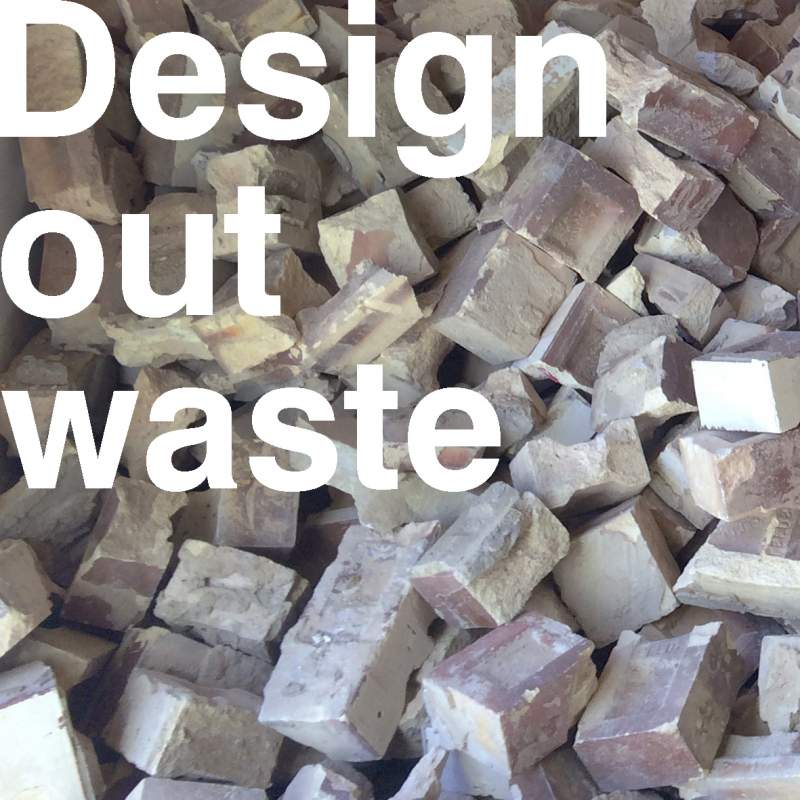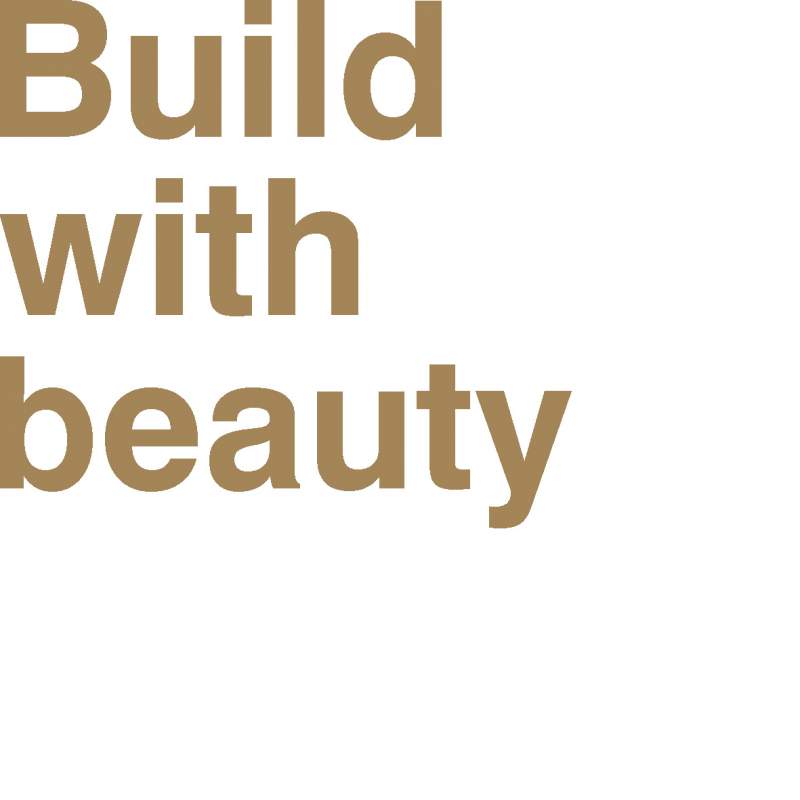Integrate with Nature
The systems of growth and cycles of nutrients and energy in the natural world are remarkable in their efficiency, intelligence and sustain-ability: their potential to be repeated generation by generation without degradation of the environment. They have a technical brilliance which we look to learn from in how we design and make buildings. Many building components come from manufacturing processes that require high temperatures, high pressure and strong chemical catalysts. Yet nature is able to make its vast array of forms at ambient temperature and pressure from soil, water and sunlight. We still have a lot to learn!
The inventions of concrete, steel and plastics are perhaps failed experiments, yet to find their place at home on this planet. We steer away from them and look for architectural solutions in natural materials, plant-based products that can be made, used, re-used and recycled without harm to people and planet. We employ two-hundred-year thinking to question where a building material has come from and where it might end up.
For all its technical innovation, the natural world is, of course, so much more. It is a source of beauty and sense of belonging that seems to touch everyone. It is a home we long to return to, a family that we know we fit within yet we can’t quite step into that embrace. Our cities, civilisations and lifestyles so often separate us from the naturalness of the places we live in and impinge upon the wildness that we coexist with. Humanity continues to exploit both wild and domesticated animals with little understanding or empathy for its actions. Blindness is built into western society’s systems of consumption.
We bring a light to the places that we build and the sources from which our materials come from. We question what is living there and how our need to make a home could fit more graciously with the living world. We ask what could live there again, what could be re-wilded or re-grown. It is not even an ethically motivated choice, it is an inspiring opportunity to make buildings that bring us into closer relationship with the natural world, that insulate us without isolating us and return us, step by step, to our family of nature.







